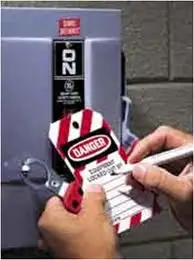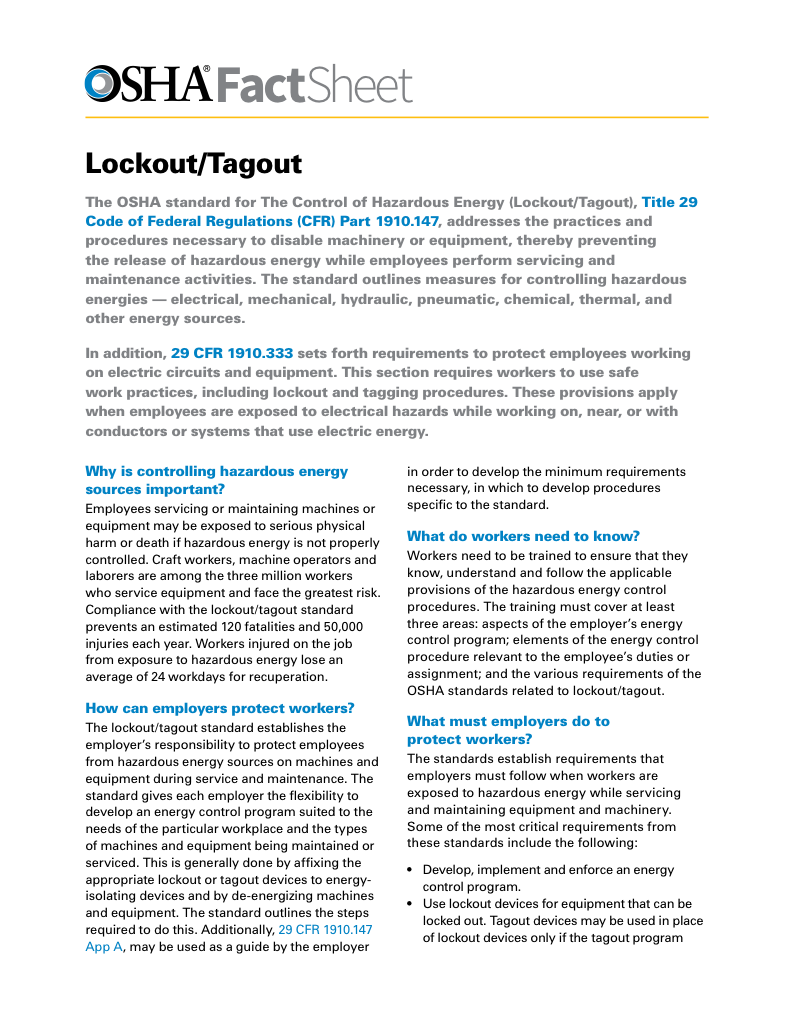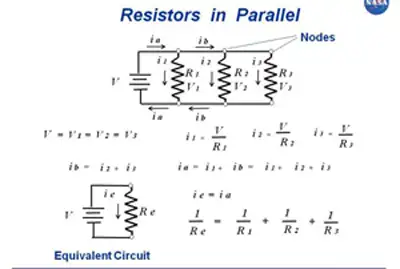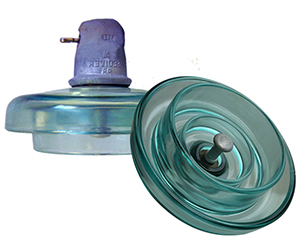Workplace Electrical Safety Precautions

CSA Z462 Arc Flash Training - Electrical Safety Essentials
Our customized live online or in‑person group training can be delivered to your staff at your location.

- Live Online
- 6 hours Instructor-led
- Group Training Available
Download Our OSHA FS3529 Fact Sheet – Lockout/Tagout Safety Procedures

- Learn how to disable machines and isolate energy sources safely
- Follow OSHA guidelines for developing energy control programs
- Protect workers with proper lockout devices and annual inspections
Electrical safety precautions include PPE, lockout/tagout, NFPA 70E compliance, proper grounding, insulation, GFCI use, arc-flash risk assessment, and voltage testing protocols to prevent shock, burns, and equipment faults in industrial power systems.
What Are Electrical Safety Precautions?
Electrical safety precautions are controls—PPE, LOTO, grounding, and testing—to reduce shock, arc-flash, and fire risk.
✅ Apply LOTO per NFPA 70E; verify absence of voltage.
✅ Wear arc-rated PPE; select by incident energy.
✅ Maintain grounding, insulation, and GFCI; test before touch.
One day, you might find yourself face-to-face with an electrical hazard. When and if that day comes, you want to be fully prepared. Now, you can say to yourself, "Electrical hazards can never happen to me," but just remember, those who have experienced an electrical hazard had doubts, too. Ask them now what they think—if they're still alive. Here are a few electrical safety precautions you can take to eliminate your risk of injury from electrical hazards that you might encounter.
Electrical Safety Precautions incude avoiding downed power lines. Power lines carry enough electrical current that can result in serious injury or death, so take the proper electrical safety precautions. So, avoid a downed power line and any object that's touching it. The human body is a conductor for electrical current to travel through, and electrical current will travel through you so it can reach its main destination: the ground. For broader context on how shocks impact the body and how to prepare, explore this overview of electrical health and safety to inform your emergency planning.
FREE EF Electrical Training Catalog
Download our FREE Electrical Training Catalog and explore a full range of expert-led electrical training courses.

- Live online and in-person courses available
- Real-time instruction with Q&A from industry experts
- Flexible scheduling for your convenience
And take small steps backward when you're moving away from the downed power line, and, when you move, keep your feet together and as grounded as possible. Moving away in this manner is a great electrical safety precaution that minimizes the risk of a strong electrical shock. Generated electricity is supposed to go from high-voltage zones to low-voltage zones and electrical current is always looking for different conductor paths to reach the ground—and as mentioned previously, your body makes a great conductor.
Avoid touching anyone who is in direct or indirect contact with a downed power line. You'll only endanger yourself as well. The best way to help any potential victim is to call 911. You can reinforce these habits by reviewing practical electrical safety tips that address common mistakes near downed lines.
Avoid using a stick or any other inanimate object to move a downed power line. Electricity can travel through non-conductive objects and shock you thus possibly sending you on a one-way trip to the morgue. These scenarios highlight core principles of general electrical safety that emphasize distance, awareness, and contacting trained responders.
Watch your feet in areas with water. Water makes a great conductor for electricity, which means that electrical current from downed power lines can travel through water and electrocute you. Even slightly-damp non-conductive materials are dangerous. Numerous documented electrical safety facts show how even shallow water can increase current flow and injury risk.
Stay in your car if you encounter a downed power line and tell others to stay away from your car if a downed power line is nearby. If circumstances escalate, consult recognized guidance on procedures to protect against electrocution so you can act decisively while awaiting help.
Jump out of your vehicle keeping your feet together at the same time only if your car is on fire. Avoid touching the live vehicle and the earth simultaneously, so you don't become the missing conductor that allows electrical current to travel to the earth. Move away from your car in a shuffling manner.
Avoid driving our downed power lines. This vehicle scenario also illustrates basic electrical safety about minimizing step potential as you exit.
Electrical Safety Precautions -- Floods
Watch your step when you walk into a flooded room, hallway, etc. Electrical cords or outlets located underneath the water could send electrical current through the water into your body
Electrical Safety Precautions -- Damp Electrical Equipment
Damp electrical appliances can be a death trap, so avoid using them. A qualified technician should be called to repair any appliance electrical motor that has been damaged due to water exposure. When dealing with wet environments and appliances, follow established electrical safety procedures to ensure assessment and repairs are performed correctly.







